Poets have tried to capture it in verse, and artists have sought to render it on canvas, but the Amalfi Coast is a masterpiece that must be experienced with all the senses. A dramatic union of mountains and sea, this 50-kilometer stretch of southern Italian coastline is a UNESCO World Heritage site and one of the world's most breathtaking destinations. It's a land of near-vertical towns clinging to cliffs, of lemon groves perfuming the air, and of a history as rich and deep as the turquoise water below.
This guide is designed for travelers who want to see the iconic sights but also discover the authentic soul of the Amalfi Coast. It goes beyond postcard views, offering insight for an immersive journey.
Why visit the Amalfi Coast?
To visit the Amalfi Coast is to step into a living landscape where nature and human ambition have intertwined for centuries. The allure lies in its contrasts: the glamour of its world-famous resorts set against the quiet dignity of ancient fishing villages; the adrenaline of navigating its hairpin bends followed by the serenity of a secluded cove.
Here, history is not confined to museums. It’s etched into the Saracen watchtowers dotting the coastline, it’s felt in the grandeur of Amalfi's cathedral, a testament to its past as a powerful maritime republic, and it’s savored in recipes passed down through generations. It is a destination that rewards curiosity, inviting travelers to look beyond the dazzling surface and find a culture steeped in tradition, craftsmanship, and a profound connection to the land and sea.
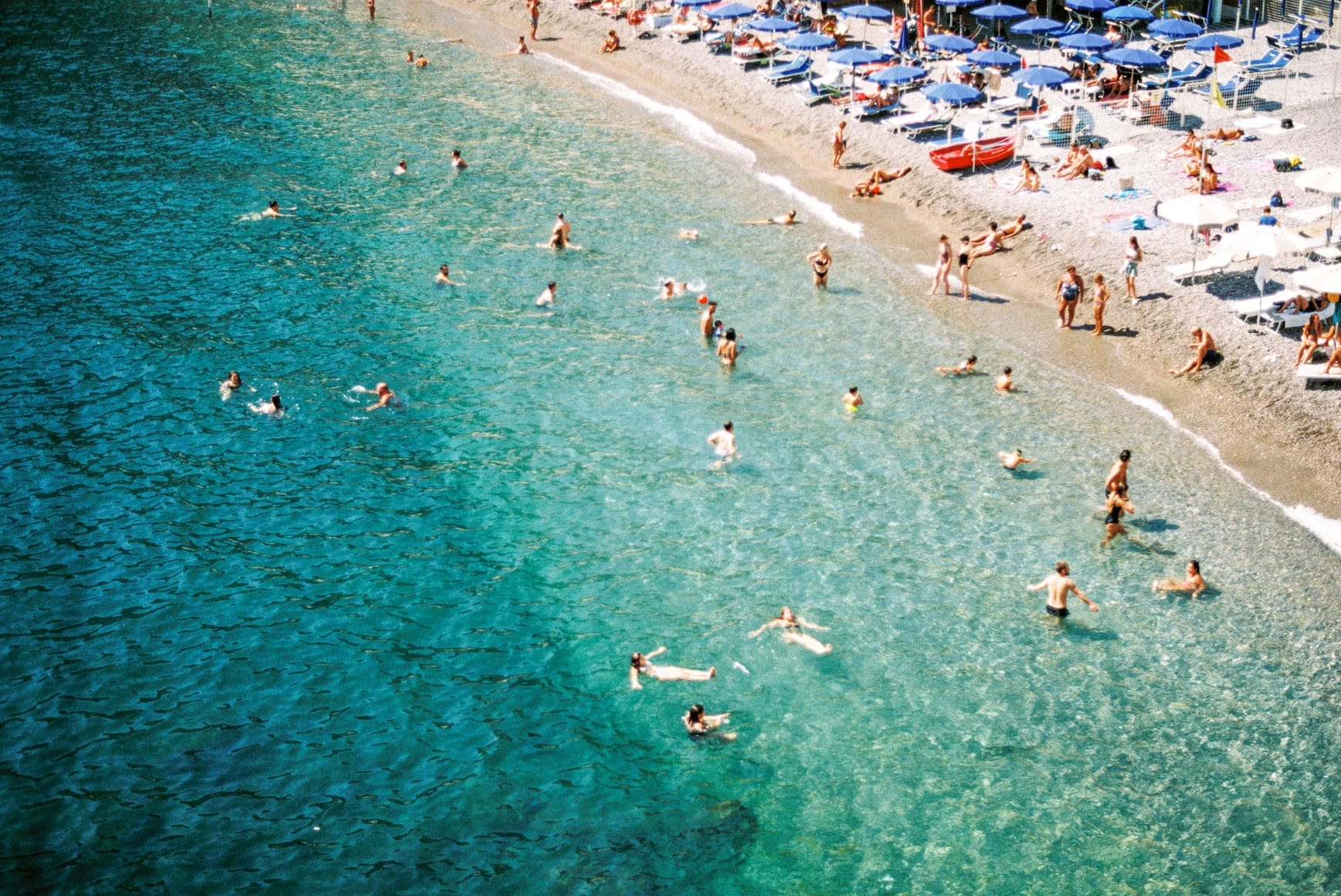
The unmissable icons: Positano, Amalfi & Ravello
While the entire coast is a jewel, three towns form its glittering centerpiece. Each possesses a unique character and a magnetic pull.
Positano: the vertical dream
Positano is the coast's supermodel—impossibly beautiful and effortlessly chic. It is a cascade of pastel-hued houses tumbling down a ravine to a shimmering pebble beach. Its narrow, winding lanes are a labyrinth of high-end fashion boutiques, artisan leather shops, and sun-drenched cafes. The main beach, Spiaggia Grande, is a spectacle of vibrant umbrellas and beautiful people, but quieter shores like Fornillo beach offer a more relaxed atmosphere. Positano isn't just a place to see; it's a place to be seen, an icon of la dolce vita.
Amalfi: the historic heart
The town that gives the coast its name, Amalfi, is a hub of history and activity. Once the seat of a formidable maritime republic, its legacy is proudly displayed in the magnificent Duomo di Sant'Andrea. This Arab-Norman cathedral, with its striking striped facade and grand staircase, dominates the main piazza. Beyond the cathedral, one can explore the hidden alleys, visit the Paper Museum (Museo della Carta) to learn about the town's ancient papermaking tradition, and feel the pulse of a real, working Italian town that has gracefully adapted to its modern fame.
Ravello: the elegant balcony
Perched high in the hills above the sea, Ravello offers a different perspective. It is the coast's soul, a place of refined tranquility, inspiring gardens, and peerless views. This is where artists and composers have long sought refuge. The must-see attractions are its two famed villas. Villa Rufolo, with its Moorish architecture, provided the inspiration for Wagner's opera Parsifal. Villa Cimbrone is home to the Terrace of Infinity (Terrazzo dell'Infinito), a viewpoint lined with marble busts that offers a truly celestial panorama of the coastline below.
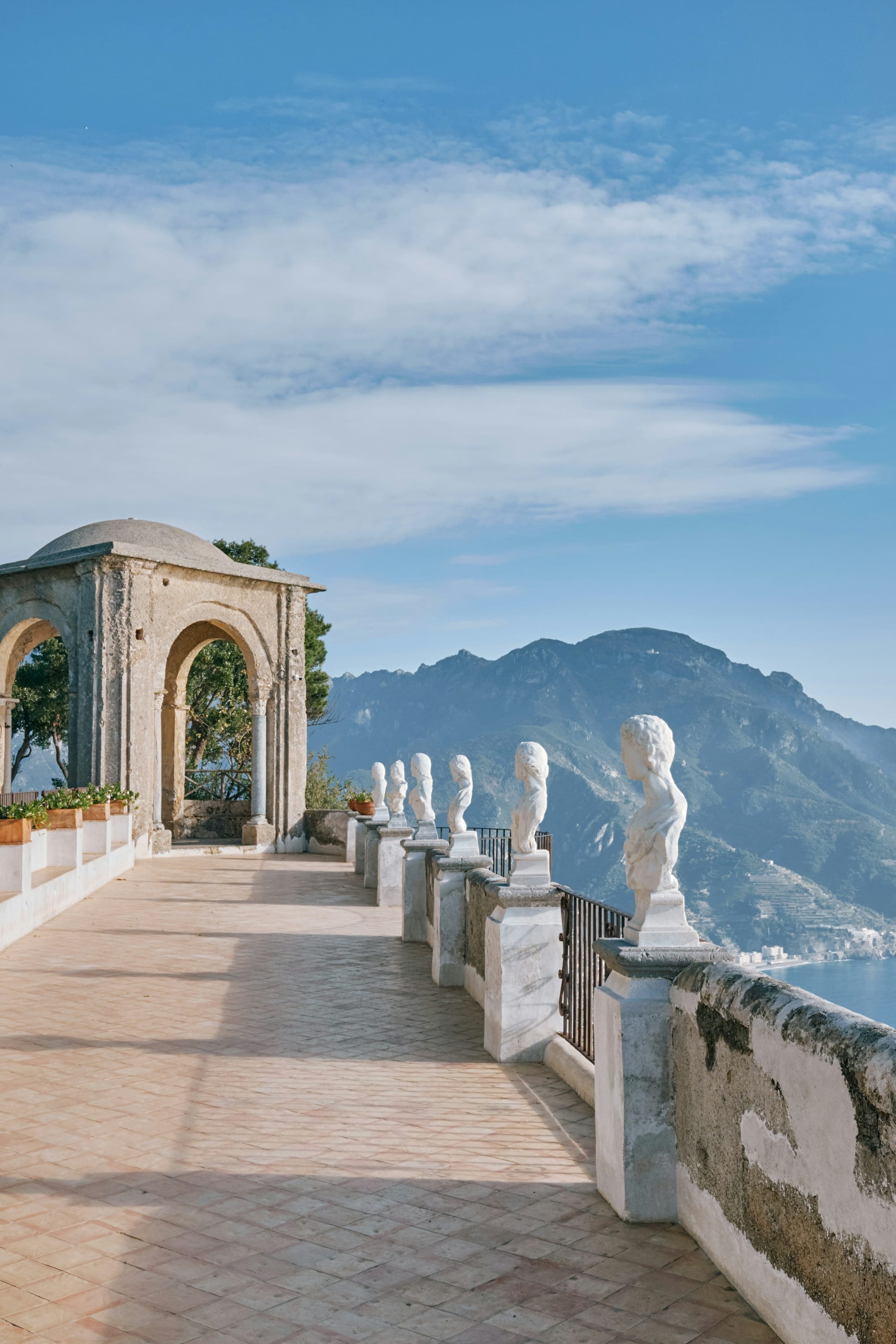
Beyond the classic routes: discovering the coast's soul
To truly understand the Amalfi Coast, one must venture beyond the celebrated trio. Tucked between the headlands are smaller, less-trodden communities where a more authentic rhythm of life persists.
Praiano and Furore: sunsets and fjords
- Praiano: Located between Positano and Amalfi, this quieter town is renowned for having the best sunsets on the coast. Its churches are adorned with beautiful majolica-tiled floors, and its small, pebbled coves, like Marina di Praia, offer an intimate seaside experience.
- Furore: Known as "the town that doesn't exist," Furore is scattered across the hillside. Its most famous feature is the Fiordo di Furore, a dramatic gorge where a small cluster of old fishermen's houses surrounds a secluded beach, spanned by a high bridge. Technically, it’s not a fjord in the geological sense, but a ria—a coastal inlet formed by the flooding of a river valley. Still, the setting remains wild, cinematic, and utterly enchanting.
Cetara & Vietri: authentic flavors and crafts
- Cetara: This is the coast's last true fishing village, a place that feels a world away from the glitz of Positano. Its lifeblood is tuna and anchovies. Here, one can taste the legendary colatura di alici, a traditional anchovy sauce that is the liquid gold of local cuisine. A direct descendant of the Roman garum, colatura di alici received DOP (Protected Designation of Origin) status in 2020. Production is strictly regulated: only anchovies fished in the southern Tyrrhenian Sea may be used, matured for at least nine months in chestnut barrels, and bottled exclusively in clear glass to showcase its amber hue.
- Vietri sul Mare: Considered the gateway to the Amalfi Coast from the east, Vietri sul Mare is the capital of ceramics. Its streets and buildings are a riot of colorful, hand-painted tiles (majolica). It's the perfect place to witness artisans at work and procure a timeless, handcrafted souvenir.
The path of the Gods (Sentiero degli Dei)
For the active traveler, this legendary hiking trail offers the most rewarding views imaginable. It stretches for about 7.8 kilometers, from the hamlet of Bomerano (in Agerola) to Nocelle (above Positano), carving along the mountainside high above the sea. It’s not just a hike—it’s a celestial traverse, suspended between sky and sea, where every step unveils divine panoramas that justify its mythological name.
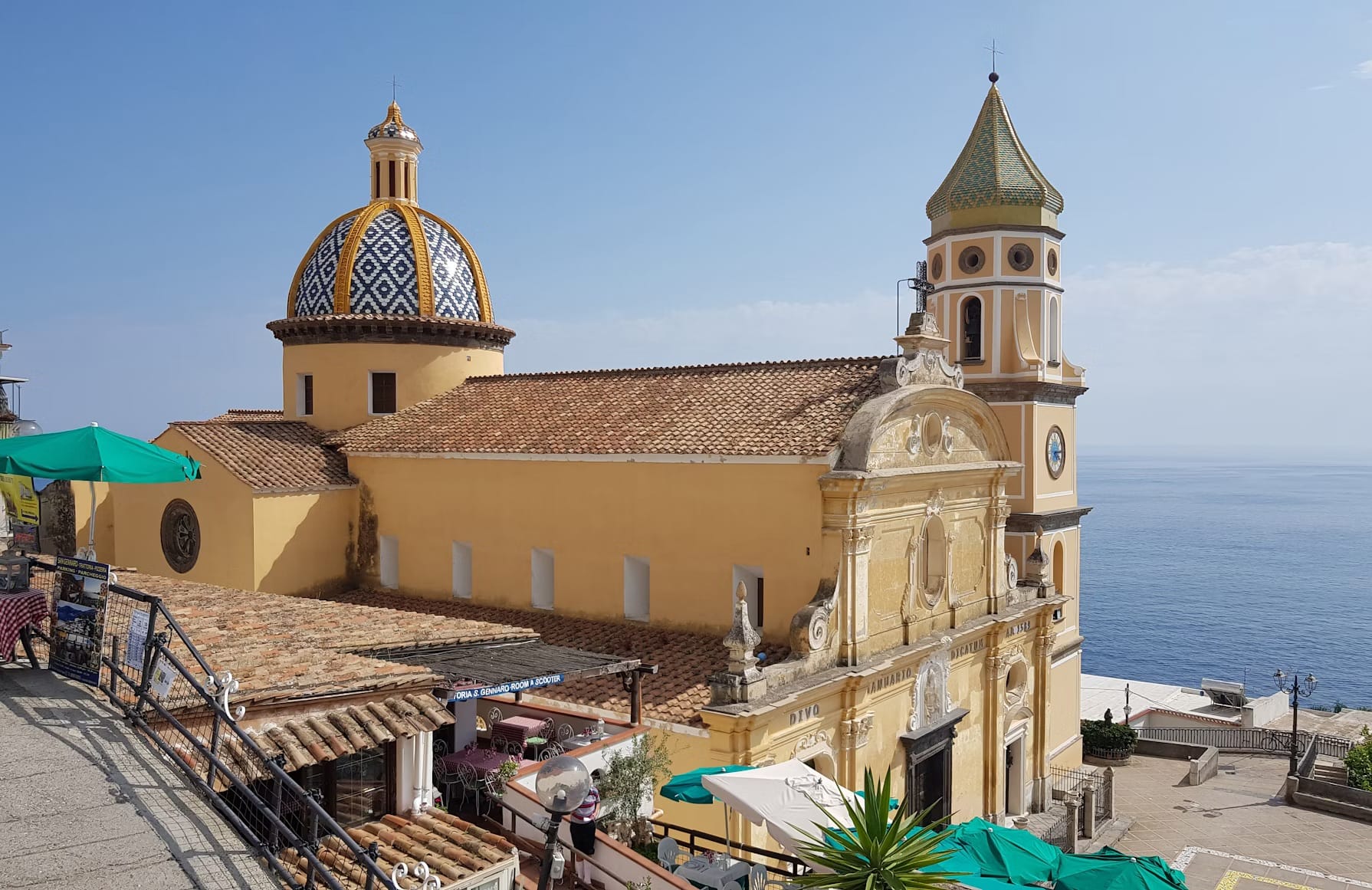
The flavors of the coast: a taste of Amalfi
The cuisine of the Amalfi Coast is a direct reflection of its environment: simple, sun-kissed, and profoundly flavorful.
The essential ingredients and local dishes
The undisputed king is the Sfusato Amalfitano, a large, fragrant, and less acidic lemon used in everything from salads and pasta to desserts and the iconic limoncello liqueur. Freshly caught seafood—anchovies, tuna, octopus, sea bass—and sun-ripened tomatoes form the other pillars of the local diet.
The Amalfi Menu
- Primi (First Courses): Look for Scialatielli ai frutti di mare (thick, fresh pasta with mixed seafood) or Ndunderi (an ancient form of ricotta-based gnocchi, often considered one of the world's oldest pastas).
- Secondi (Second Courses): Simplicity reigns with dishes like pesce all'acqua pazza ("fish in crazy water," poached with tomatoes, garlic, and herbs) or perfectly grilled octopus.
- Dolci (Desserts): The Delizia al Limone (lemon delight), a sponge cake dome filled with and soaked in lemon cream, is a heavenly must-try.
- Unique Flavors: The aforementioned colatura di alici from Cetara is a powerful umami condiment used to dress pasta. It is a direct descendant of garum, the fermented fish sauce of the ancient Romans.
Essential dining etiquette & tips
- Reservations are Key: For well-known restaurants, especially in high season, booking days or even weeks in advance is essential.
- The Coperto: This is a cover charge per person that includes bread and is standard practice. It is not a tip.
- Tipping: While not obligatory as in the U.S., leaving a small tip (5-10%) for excellent service is a much-appreciated gesture.
- Embrace the Aperitivo: The pre-dinner drink is a cherished ritual. Find a terrace with a view, order a glass of local Falanghina wine or an Aperol Spritz, and savor the moment.
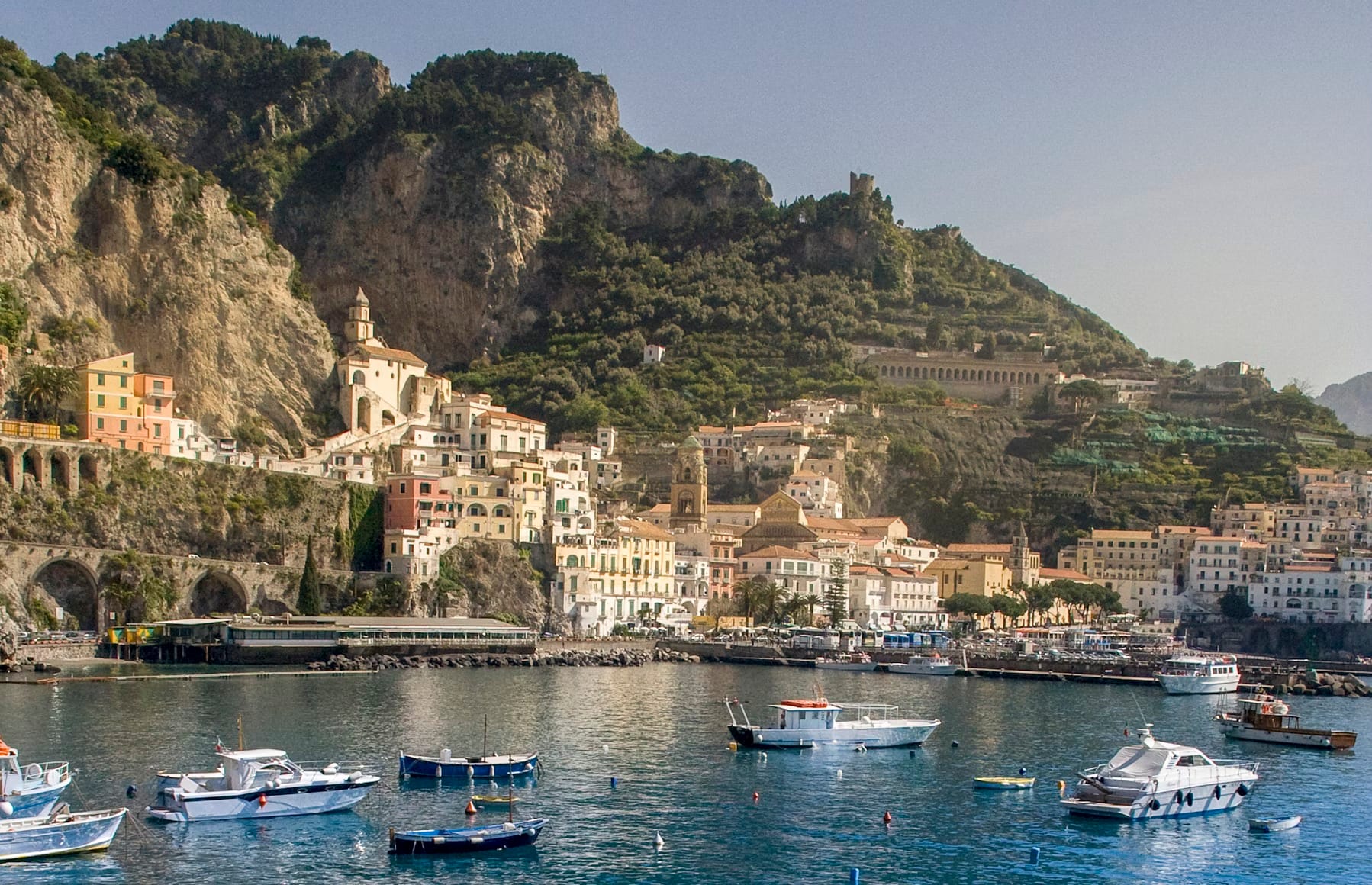
A blueprint for exploration: sample itineraries
The 3-day whirlwind: the icons
- Day 1: Arrive and settle into your base (Amalfi is a great central hub). Explore Amalfi town, including the Duomo and the Paper Museum. Evening aperitivo in the main piazza.
- Day 2: Take a morning ferry to Positano. Wander its lanes, browse the boutiques, and relax on the beach. Enjoy a long lunch with a view. Return by ferry in the late afternoon.
- Day 3: Take a bus or taxi up to Ravello. Visit Villa Rufolo and Villa Cimbrone. Enjoy a final, elegant dinner in Ravello before departing.
The 7-day immersion: coast & culture
- Days 1-3: Follow the 3-day itinerary above.
- Day 4: A day trip to the island of Capri. Take a morning ferry, visit the Blue Grotto (book ahead), and take the chairlift up Monte Solaro for stunning views.
- Day 5: Hike a section of the Path of the Gods. Start in Bomerano and hike towards Nocelle, taking the steps down to Positano or a bus from Nocelle. This is a full-day commitment.
- Day 6: Discover the lesser-known gems. Take a bus to Cetara for an authentic seafood lunch and then to Vietri sul Mare to admire the ceramics.
- Day 7: A day of relaxation. Book a boat tour to discover hidden coves and sea grottos, or simply relax at a beach club in Praiano, waiting for the perfect sunset.
Planning your Amalfi journey: practical foundations
When to go: a seasonal breakdown
The ideal times to visit are the shoulder seasons: April to May and September to October. The weather is pleasant, the crowds are more manageable, and the flora is in full bloom or rich with harvest colors. July and August are the peak season—hot, incredibly crowded, and expensive. The low season (November to March) is very quiet, with many hotels and restaurants closed.
Getting there: Naples to the Coast
The primary international gateway is Naples International Airport (NAP). From Naples, options include:
- Private Driver: The most expensive but most comfortable and direct option.
- Ferry: In season, direct ferries run from Naples to Positano and Amalfi, offering a stunning first impression.
- Train & Bus/Ferry: Take the train from Naples to Salerno, then catch a ferry or SITA bus from Salerno to the various coastal towns. This is often more pleasant than transiting through Sorrento.
Getting around the Amalfi Coast: ferries, buses, and cars
Navigating the coast is part of the adventure.
- Ferries: The best way to travel between towns. They are fast, offer incredible views, and bypass the infamous coastal traffic.
- SITA Buses: The most economical option, but they can become extremely crowded, especially in summer. Tickets must be purchased in advance from a tabaccheria (tobacco shop).
- Driving: Renting a car offers freedom but comes with serious challenges: a single, narrow, winding road, aggressive local drivers, and nearly non-existent, expensive parking. Not recommended for first-time visitors in high season.
- Scooter Rental: A popular and exhilarating option for confident drivers, allowing for more flexibility than the bus.
- Private Driver (NCC): Hiring a driver for a day is an excellent way to see the sights without the stress of driving or parking.
Booking essentials for your Amalfi tour
For travel between May and September, it is crucial to book accommodations and rental cars 6-12 months in advance. Popular restaurants, private boat tours, and beach clubs should be booked several weeks out.
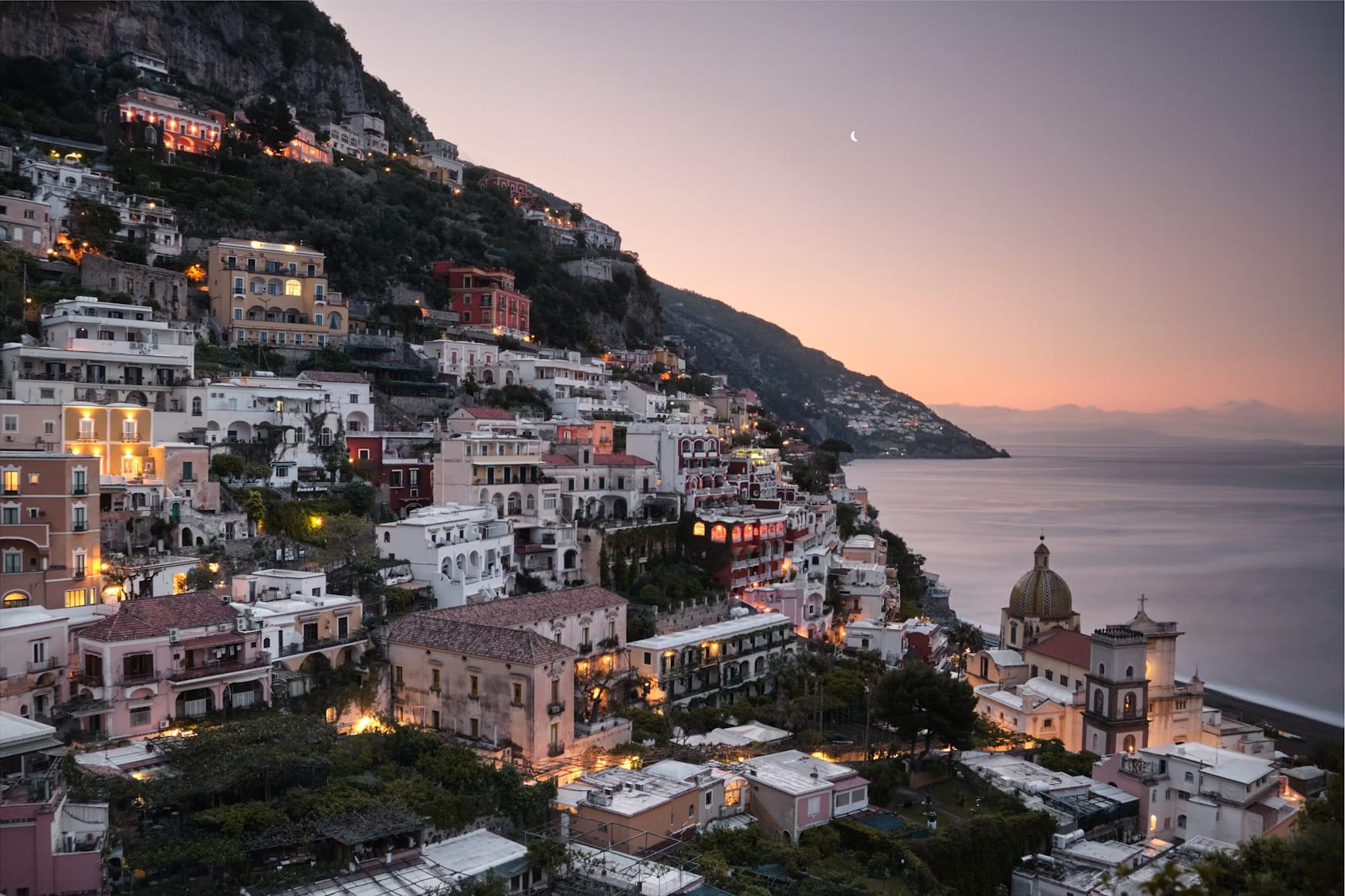
The Amalfi Coast is more than just a destination; it's a feeling. It’s the scent of lemon blossoms on a warm breeze, the taste of salt on the lips after a swim in the Mediterranean, and the awe-inspiring view from a terrace suspended between sea and sky. It is a place that challenges, charms, and ultimately changes you. By balancing its iconic splendors with its hidden, soulful corners, a journey here becomes not just a vacation, but a rich, unforgettable story.








